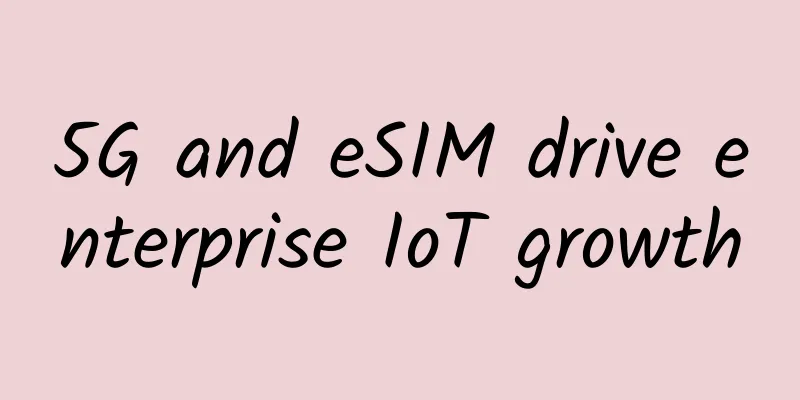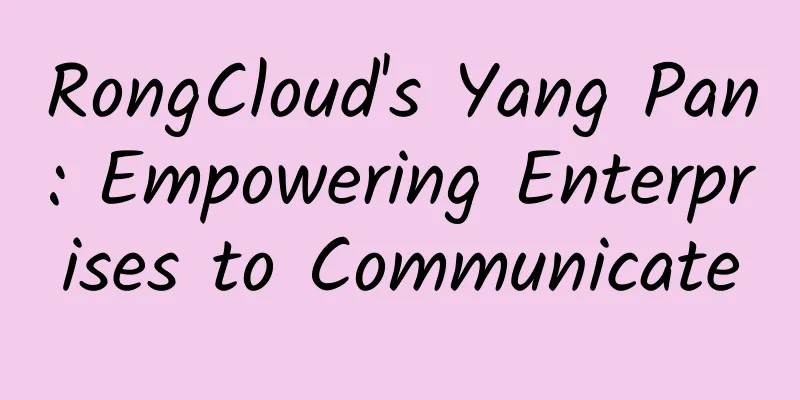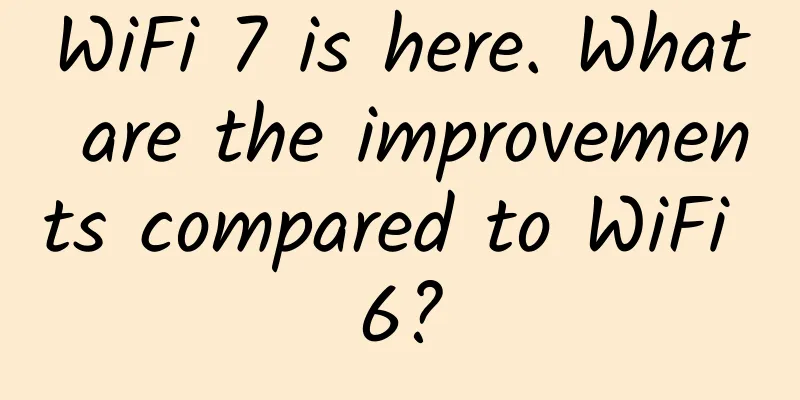5G and eSIM drive enterprise IoT growth

|
New research shows that businesses around the world are generally optimistic about the prospects of the Internet of Things and are using the latest technologies to develop them. What is eSIMeSIM stands for "Embedded Subscriber Identity Module", which is a digital SIM card technology used in mobile devices such as smartphones, tablets and IoT devices. Unlike traditional physical SIM cards, eSIM does not require the physical card to be inserted or replaced, but digitally embeds the SIM card information into a chip inside the device. The working principle of eSIM is that mobile operators can program the information of the SIM card (such as IMSI, MSISDN, etc.) into the eSIM chip of the device during the manufacturing process of the device. Users can remotely download or switch to different mobile network service plans by establishing a connection with the operator without replacing the physical SIM card. The benefits of eSIM include:
It should be noted that although eSIM is already supported and widely used in many places, its availability may vary in different countries and regions. When purchasing a device that supports eSIM technology, users should confirm whether it is compatible with local mobile operators. 5G and eSIM drive enterprise IoT growthIn a global survey, hundreds of enterprise professionals across eight vertical industries were surveyed to understand their attitudes and strategies towards the Internet of Things (IoT). Overall, respondents were surprisingly optimistic about the business prospects of IoT, with 95% expecting to see measurable benefits within two years of deployment. In addition, 90% of respondents said that existing IoT projects have met or exceeded their expectations. The overall pattern of steady growth across the survey report shows that, for example, the percentage of companies spending more than $5 million on IoT has doubled over the past two years. Perhaps the most relevant data point for the telecommunications industry relates to the technologies being used. More than 70% of companies plan to use 5G connectivity for IoT, while eSIM/iSIM technology has been or will be adopted by nearly 90% of companies within the next two years. While some tech giants have scaled back their IoT efforts, enterprises are embracing IoT and seeing significant results. In fact, enterprises are very much looking forward to adopting new technologies such as 5G, fixed wireless access (FWA), and eSIM/iSIM technology. The survey shows that there are a lot of opportunities from hardware, software, connectivity to services. However, security remains a top concern for enterprises, and suppliers must not only be able to provide secure products and services, but also be able to effectively integrate into broader solutions. Suppliers who fail to provide secure solutions will find themselves excluded from this growing market. These findings come at an interesting time for IoT. The buzzword has been around for at least a decade, but it feels like its progress has been slow. However, the 5G era is defined by a major expansion of B2B communications service offerings, so perhaps the IoT’s time has finally arrived. Future in-depth research into IoT revenue trends in the enterprise and telecom sectors will be instructive. |
<<: 5G Technology: The Future of Smart Homes and Cities
>>: Avoiding connection problems: Maximum distances Ethernet cables should not exceed
Recommend
Worth learning! 10 good habits of network administrators
【51CTO.com Quick Translation】I have been a comic ...
RAKsmart: High-security servers from $79/month, cluster servers from $142/month, data centers in the United States/Japan/Korea, etc.
Earlier this month, we shared information about R...
Do you know how wireless networks developed?
MediaTek recently released its flagship 5G mobile...
The first batch of 5G mobile phones are about to be launched! What is the use of 5G? Should I change the card or the phone? Finally someone has made it clear...
Hello, everyone. I am Xue Zhiqian of the technolo...
Lessons from data center outages: Focus on infrastructure
The majority of downtime incidents over the past ...
Huawei's new ICT empowers enterprises to actively embrace digital transformation
[51CTO.com original article] Huawei's 16th Gl...
What is bandwidth management?
Bandwidth management involves the strategic alloc...
Ruijie-style innovation: Ruijie Networks 2017 product and solution strategy released in Beijing
On March 31, Ruijie Networks held its 2017 produc...
Why can't I decrypt with the public key when I encrypt with the public key?
When you first came into contact with HTTPS, were...
Inter-thread communication in concurrent programming
The goal of thread communication is to enable thr...
Predictions for IT development after COVID-19
Gartner and IDC predict that global IT spending w...
The "new strategies" of the three major operators, a battle between masters of all kinds of skills?
With the belated conclusion of the 2021 China Uni...
5G brings edge cloud services to the forefront
Among the many business opportunities created by ...
AlphaVPS: AMD EPYC/Ryzen starting from 2.99 Euros per month, Los Angeles/Germany/Bulgaria data centers
AlphaVPS is a Bulgarian hosting company founded i...







![[11.11] Megalayer: US server 99 yuan/month, Hong Kong server 199 yuan/month, Hong Kong/US VPS monthly payment 9.9 yuan](/upload/images/67cabd2ede72f.webp)

